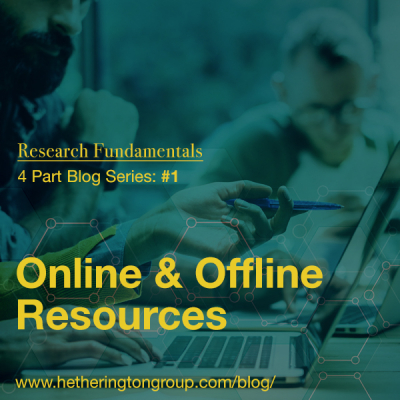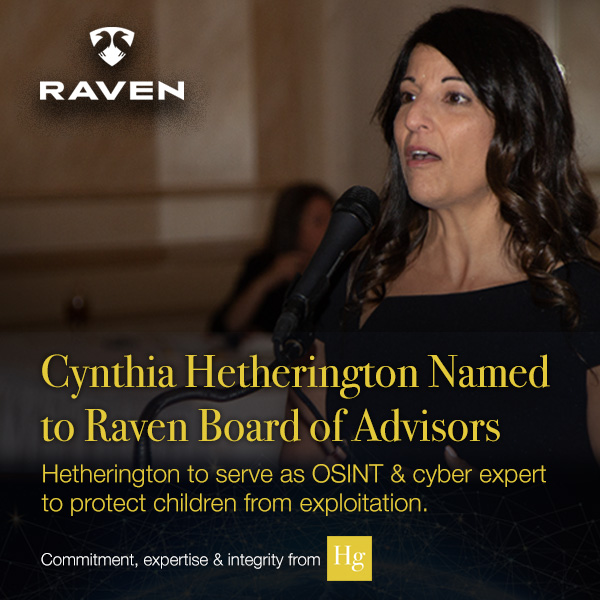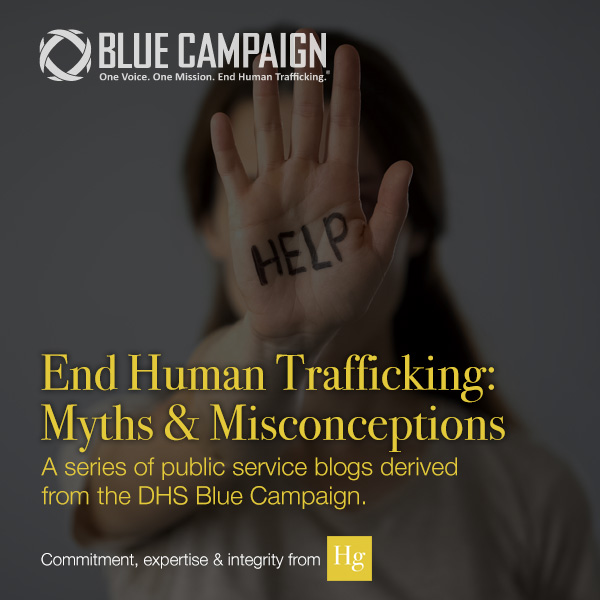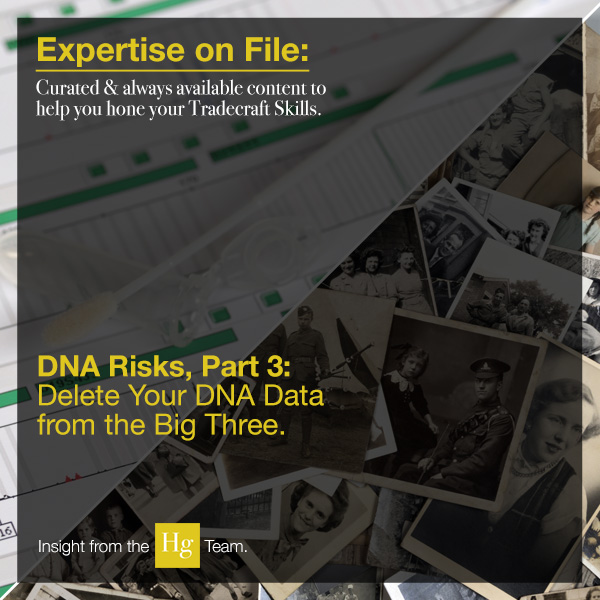By Cynthia Hetherington

Thorough research is necessary in any type of investigation and requires knowledge of available sources and services to accurately answer the questions asked. Whether you are an investigative journalist, researcher, a special agent, or private investigator, it is necessary to implement a consistent methodology that allows you to approach your research in a systematic way, record your findings, and report your analysis.
In this 4-part series, Hg’s Cynthia Hetherington walks you through online and offline resources, how to collect and track information, the importance of understanding the market and industry, and how to use government agency resources. This week, she discusses the fundamentals of gathering information using OSINT tools.
Some people drink from the fountain of knowledge, others just gargle.
-Robert Newton Anthony
Research Basics
Strategically directed research is key to a successful investigation. Conducting investigative research today requires identifying the best resources associated with specific topics. Some resources are geared toward the legal market, others with fraud or motor-vehicle reconstruction, and the list goes on. In our cyber-focused world, most all begin with Internet investigations utilizing open source intelligence (OSINT).
When teaching a research class, one of my first instructions involves teaching investigators:
- Where to obtain information;
- How to know its limitations and biases; and
- How to compile all the information that is available.
Resource tools and in-depth training aids also are helpful to investigators in taking an organized approach to research. These tools and aids include:
- Case Management Software
- Books on Managing Investigations
- Training Offered by Associations
- Downloadable Checklists
PI Magazine presents a great list of investigative organizations and resources, which can be found at www.pimagazine.com/links.htm. The various state and national associations will advise, endorse, or recommend on any of the four points above.
Online and Offline Sources
The Internet has made many of us lazy. Log onto ChoicePoint or Experian, and we can easily get a report on a subject. Gone are the days of writing letters requesting alpha searches county by county and then waiting months to receive the results. I don’t advocate that we return to such an inefficient way to obtain the bulk of my information, but it still remains a methodology that all new investigators should learn.
Most database services I utilize for my investigations do not create information—they aggregate it from public sources. ChoicePoint, LexisNexis, Westlaw, and others do not produce a single document that has not been pulled from public records. A team of investigators at LexisNexis does not provide me with dossiers on subjects I am evaluating. More likely, supercomputers gather information from thousands of sources to create a single document or report.
The most sizable report I can purchase from a database vendor, such as ChoicePoint or IRBsearch, is called a comprehensive report. Comprehensive reports are used to enlighten the investigator about the subject (person or company) they are investigating. A typical report contains addresses, relatives’ names, business associates, phone numbers, etc, and is really a catalog of information aggregated from multiple state, federal, county, and vendor databases. For example, a comprehensive report on myself includes data from the New Jersey Division of Motor Vehicles, credit report companies, (e.g., Experian and Trans Union), the local county Office of Deeds, the U.S. Postal Service, my phone provider, coupon-card distributors, and data from other agencies that sell personal information to commercial entities.
Cynthia’s Tip
One of my biggest criticisms of some investigators is their level of reliance on specific databases, without the foreknowledge of the material they are investigating. Dismissing any source or service without fully understanding the information received, and the purpose it serves can hinder an investigation.
A perfect example of this is a Dun & Bradstreet (D&B) report. D&B reports are often dismissed as self-reported false information. Although some D&B information can be self-reported, it also checks state and federal legal findings, vendors and suppliers, trade boards (if a publicly traded company), and public records.

Are you an analyst or investigator looking for introductory training on conducting OSINT investigations? If so, check out Hg’s recorded webinar, Open Source Intelligence—Start to Finish. This introductory primer series will teach you the types, differences, and jargon of open source investigations; learn how to in-take an online case, understand the parameters of the work, establish goals, and create investigative notes.
 With over twenty-five years of global experience in open source investigations and one of the first investigative firms to conduct online social media investigations, Hetherington Group develops advanced cyber investigations unique to your needs. Learn how Hg’s analysts can clear through jargon and uncover answers buried deep in open sources, social media pages, and Dark Web sites.
With over twenty-five years of global experience in open source investigations and one of the first investigative firms to conduct online social media investigations, Hetherington Group develops advanced cyber investigations unique to your needs. Learn how Hg’s analysts can clear through jargon and uncover answers buried deep in open sources, social media pages, and Dark Web sites.
 Cynthia Hetherington, MLS, MSM, CFE, CII is the founder and president of Hetherington Group, a consulting, publishing, and training firm that leads in due diligence, corporate intelligence, and cyber investigations by keeping pace with the latest security threats and assessments. She has authored three books on how to conduct investigations, is the publisher of the newsletter, Data2know: Internet and Online Intelligence, and annually trains thousands of investigators, security professionals, attorneys, accountants, auditors, military intelligence professionals, and federal, state, and local agencies on best practices in the public and private sectors.
Cynthia Hetherington, MLS, MSM, CFE, CII is the founder and president of Hetherington Group, a consulting, publishing, and training firm that leads in due diligence, corporate intelligence, and cyber investigations by keeping pace with the latest security threats and assessments. She has authored three books on how to conduct investigations, is the publisher of the newsletter, Data2know: Internet and Online Intelligence, and annually trains thousands of investigators, security professionals, attorneys, accountants, auditors, military intelligence professionals, and federal, state, and local agencies on best practices in the public and private sectors.



